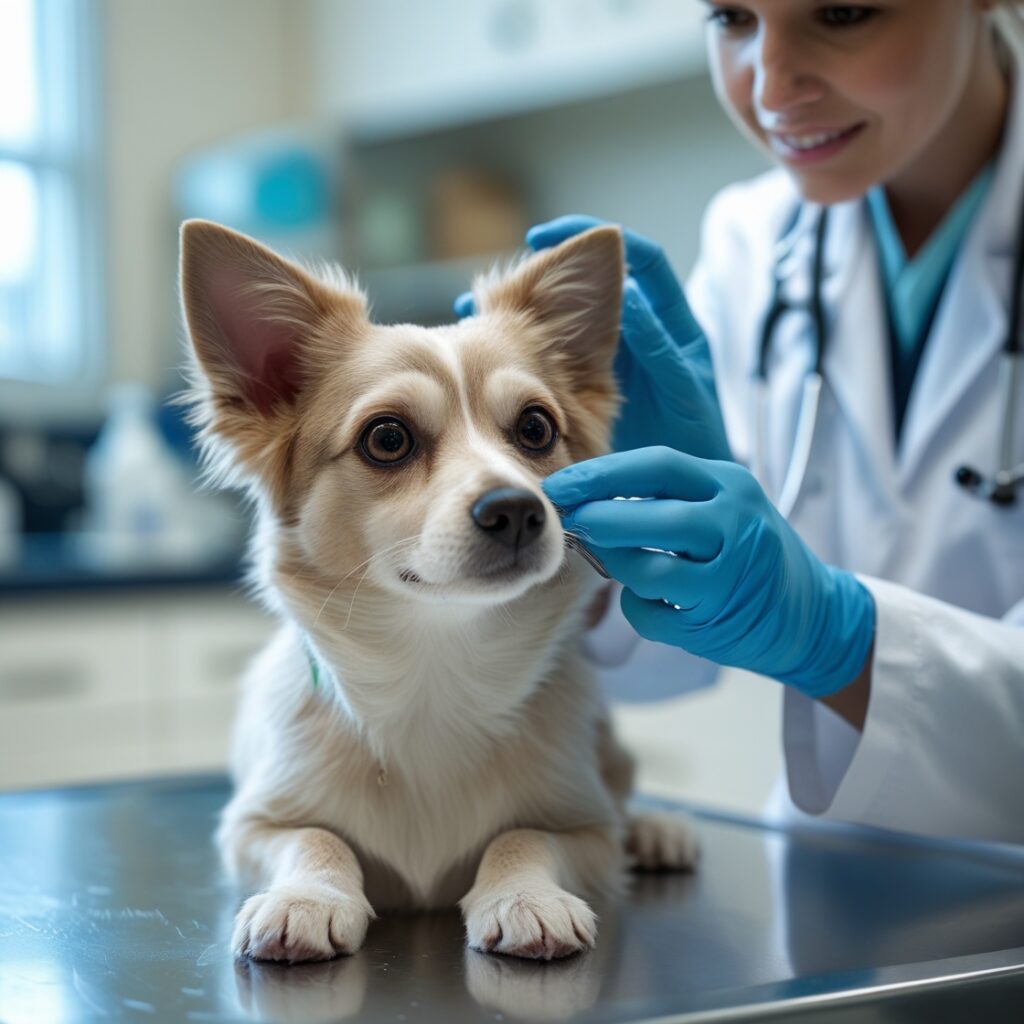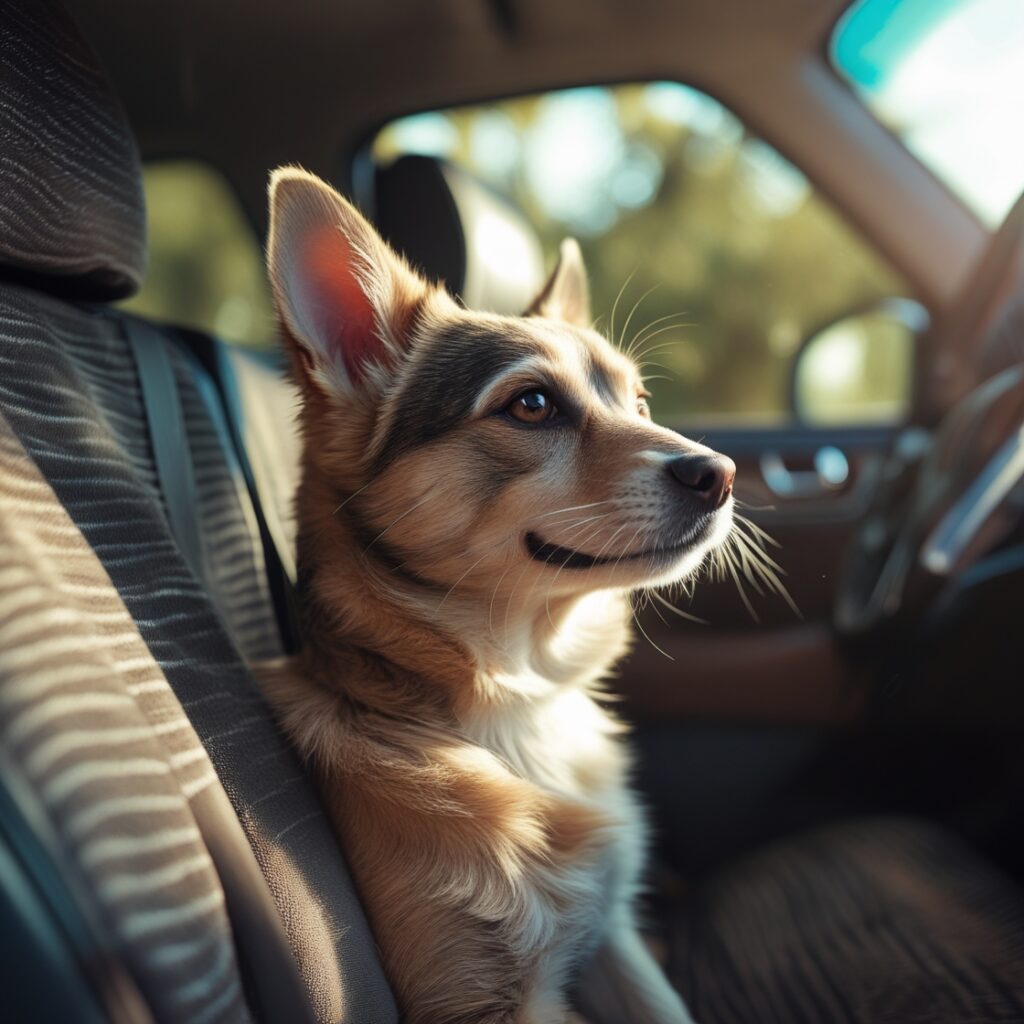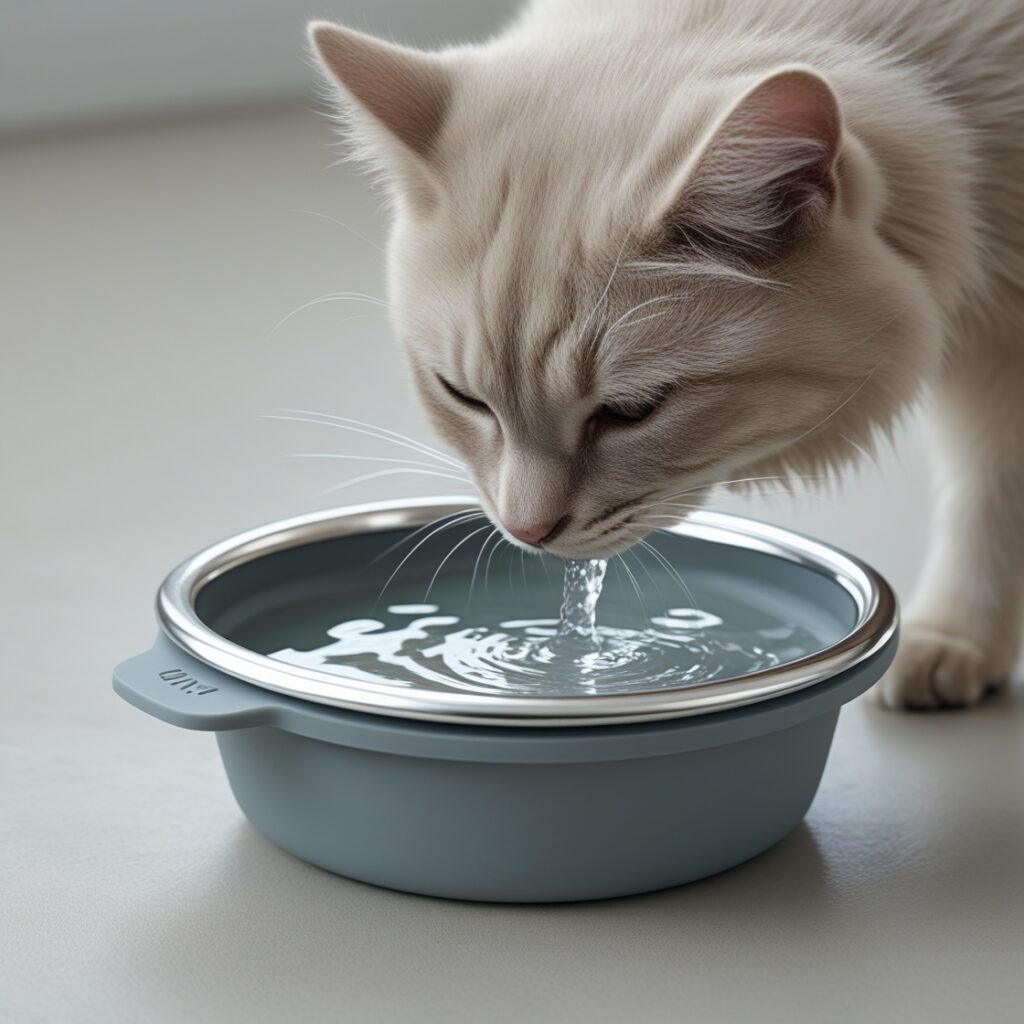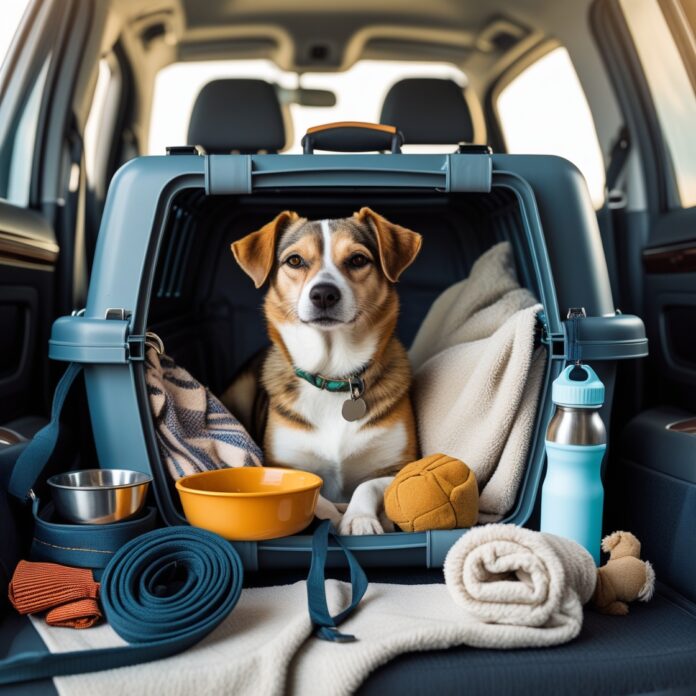Traveling with your pet, whether for a holiday, relocation, or a family road trip, can be both thrilling and stressful. To make it a smooth and safe experience, proper preparation is essential. This tutorial will show you how to get your pet ready for a lengthy trip while making sure they are happy, safe, and comfortable the entire time.
1. Visit the Veterinarian
Before setting off, book a check-up with your vet at least two weeks in advance. This allows time to address any health concerns and obtain necessary documentation:
- Health certificate – Required for air travel or crossing borders.
- Make sure all of your vaccinations are up to date, including the rabies one.
- Travel anxiety – Ask about natural calming aids or prescribed medication.

2. Choose the Right Travel Carrier
A travel carrier keeps your pet secure, especially in unfamiliar environments like airports or busy roads. When choosing one:
- Size matters: Your pet should be able to stand, turn, and lie down comfortably.
- Ventilation: Ensure proper airflow.
- Sturdiness: For extended journeys, hard-sided carriers provide increased security.
- Familiarization: Let your pet explore it weeks before the journey.

3. Pack a Pet Travel Kit
Just like you need your suitcase, your pet needs one too. Include:
- Food and treats (enough for the journey + extra)
- Water bottles and collapsible bowls
- Leash/harness
- Medications and supplements
- Favorite toy or blanket (comfort item)
- Cleaning materials, trash bags, and kitty litter
- First aid kit

4. Prepare Your Pet for Travel
You cannot expect your pet to stay quiet if it has never been on a long trip or ride. Gradual preparation is key:
- Take short drives or carrier training sessions to acclimate them.
- Use positive reinforcement to reward calm behavior.
This lowers their travel anxiety and helps them associate travel with positive experiences.

5. Feed Strategically Before Departure
Feeding your pet right before travel can cause discomfort or even nausea.
- Give them a light meal 3–4 hours before the trip.
- Avoid overfeeding, especially if they’re prone to motion sickness.
- If they are anxious, there should always be small amounts of fresh water available.

6. Plan Regular Breaks (For Road Trips)
If you’re driving, schedule rests every two to three hours:
- Let your pet stretch and relieve themselves.
- Check for overheating symptoms and offer water.
- Keep your pet leashed in unfamiliar areas to avoid escape or accidents.

7. Book Pet-Friendly Accommodations
Always confirm ahead of time if your destination allows pets.
- Use apps or sites like BringFido or PetFriendly for options.
- Check for pet deposits, restrictions on breed or size, and amenities (like pet parks).
- Choose ground-floor rooms for easier outdoor access.

8. Prepare for Air Travel
Flying makes things more difficult, particularly if your pet is being shipped as cargo.
- Book direct flights to minimize stress and transfers.
- Check your airline’s pet travel policy thoroughly.
- Label the carrier with your name, pet’s name, and emergency contact info.
- Avoid sedating pets unless prescribed by a vet (many airlines prohibit sedation).

9. Maintain Routine on the Road
Keeping your pet somewhat familiar aids with their acclimatization.
- Stick to regular feeding and walking times.
- Use their own bedding, bowls, and toys.
- Try to keep their sleeping arrangements consistent.
Routine is calming and helps reduce anxiety in new surroundings.

10. Keep Identification Up to Date
In a strange environment, even the most prepared pet may become frightened and flee. Avoid permanent loss by:
- Ensuring your pet wears a collar with an ID tag that includes your mobile number.
- Upgrading the contact information and microchipped them.
- If you need to explain them, always have a recent photo on available.

11. Watch for Stress Signals
Even if your pet seems calm, monitor for signs of distress during travel:
- Excessive panting or drooling
- Shaking or hiding
- Whining or barking
- Lack of appetite
If these persist, speak with a vet. Every pet reacts differently to travel, and early intervention can help avoid bigger problems.
Conclusion
Preparing your pet for a long journey involves more than packing a leash and some food. It means being proactive, anticipating their needs, and creating a safe, comforting environment from departure to arrival. By following these pet travel rules, you can keep your pet happy, healthy, and stress-free whether you’re taking a train, aircraft, or automobile trip.
With the right approach, your next adventure will be an unforgettable experience for both you and your furry companion.



